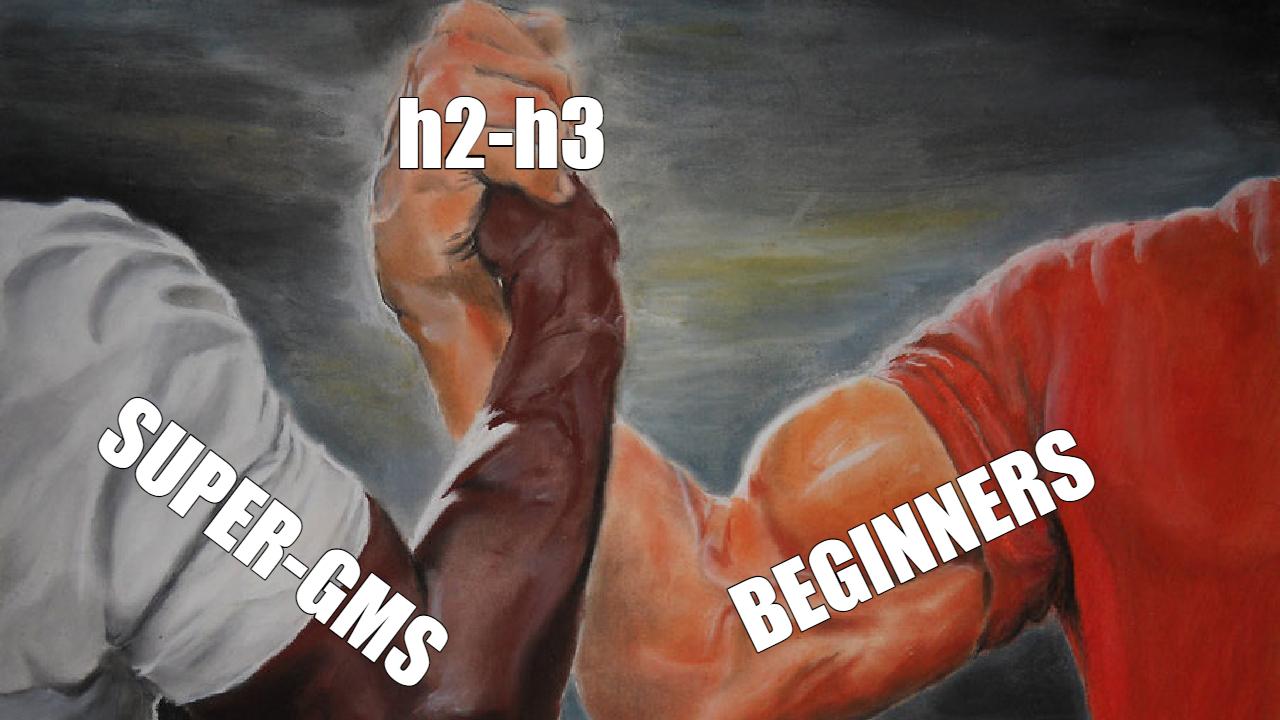
Why Do Super-Grandmasters Play These Moves?
Last week I had one of the worst nightmares a chess coach can experience. No, none of my students blundered a queen nor played the Berlin Variation of the Ruy Lopez—the danger came from a totally different direction. I was watching a playoff game of the recently concluded FIDE Grand Prix and here is the position that I saw after just five moves:
Yes, that's right, in the span of just five moves Black already played a7-a6 and h7-h6, while White played a2-a3. What are these guys doing? Don't they know that there are young children watching their games? What if my students are watching this game? Ok, let me explain.
It is the eternal problem of all inexperienced players: they love to push their rook pawns one square in openings. They usually do it for one of two reasons:
- They are afraid of a potential pin (like Bb5 or Bg5)
- They simply don't know what to do and play a waiting move
This is a good example:
Here is the conversation I had with my student (S):
Me: Why did you play this move?
S: I was worried about the Bg4 pin.
Me: The pin is not that dangerous to start with, but also he already played Be6. If he wanted to play Bg4 he would have done it right away.
S: I know, but I wanted to prevent it just in case.
So, we had a little talk about rook pawn moves in openings and I showed him a classical game by Paul Morphy. Instead of wasting time with rook pawn moves, the American genius followed his favorite opening strategy: quick development, powerful centralization, and a sacrifice that starts an attack.
In my old article I already mentioned that we should classify chess games similar to the MPAA ratings. Morphy's games would be rated "G" since they are suitable for any audience. Beginner to intermediate players will find answers to all their questions by looking at Morphy's games. It is a totally different story for the games of modern super-grandmasters. Many of them should be rated for mature audiences only since they can really harm inexperienced players and especially kids.
Let's investigate the Grand Prix game that we started with. Why did Black play 3...a6? This question is easy for me to answer since I played this move myself long before it became fashionable:
By playing 3...a6 Black shows his intention to grab the c4 pawn and then keep it by playing b7-b5. In order to prevent this idea, White can play e2-e3 (like in my game), but that would block his own c1-bishop. Another option is just to trade this pawn by playing 4.cxd5 (played by GM Richard Rapport), but in this case, after 4...exd5, Black opens the way to develop his c8-bishop.
It is also not a big mystery why GM Dmitry Andreikin played h7-h6. While the move Bc1-g5 is not that dangerous, it can give White some attacking opportunities, like in the following exciting game by GM Viktor Korchnoi:
That's why some players prefer to prevent the move Bc1-g5 by playing h7-h6. For example, GM Magnus Carlsen did it numerous times:
So, I have a pretty good idea why Black pushed his rook pawns. But what about White's move 5.a3? Why was it played? Usually, it is done to prevent Bb4 pinning White's c3-knight. A good example is the next sensational game that pretty much started what today is known as the Petrosian Variation of the Queen's Indian Defense:
Still, there is one problem with Rapport's 5.a3: in this variation, Black does not play Bb4! Do a little experiment: go to the Opening Explorer and try 5.Nf3 instead of 5.a3. You'll see that out of 657 games where White played 5.Nf3 Black never played 5...Bb4. And what about 5.Bf4? In 328 games where this move was played Black never played Bb4 either!
So, why play 5.a3 if Black is not going to play Bb4 anyway? Beats me! It gets even more confusing if you turn on an engine. It chooses 5.a3 as one of White's top five options. Don't laugh, but another move in the top five is 5.h3!
So, what are the main points of this little investigation?
1) Chess is a very complicated game and computers significantly broaden our horizons. What used to be a big no-no became quite acceptable these days.
2) I am not going to criticize a chess entity that is probably rated 1000 points higher than me. On the other hand, if I don't understand the purpose of a move, I would never play it just because an engine suggests it or because a super-grandmaster used it in their game.
3) If you are rated below 1700-1800, then you can learn more from old classics than from the games of modern top players.






